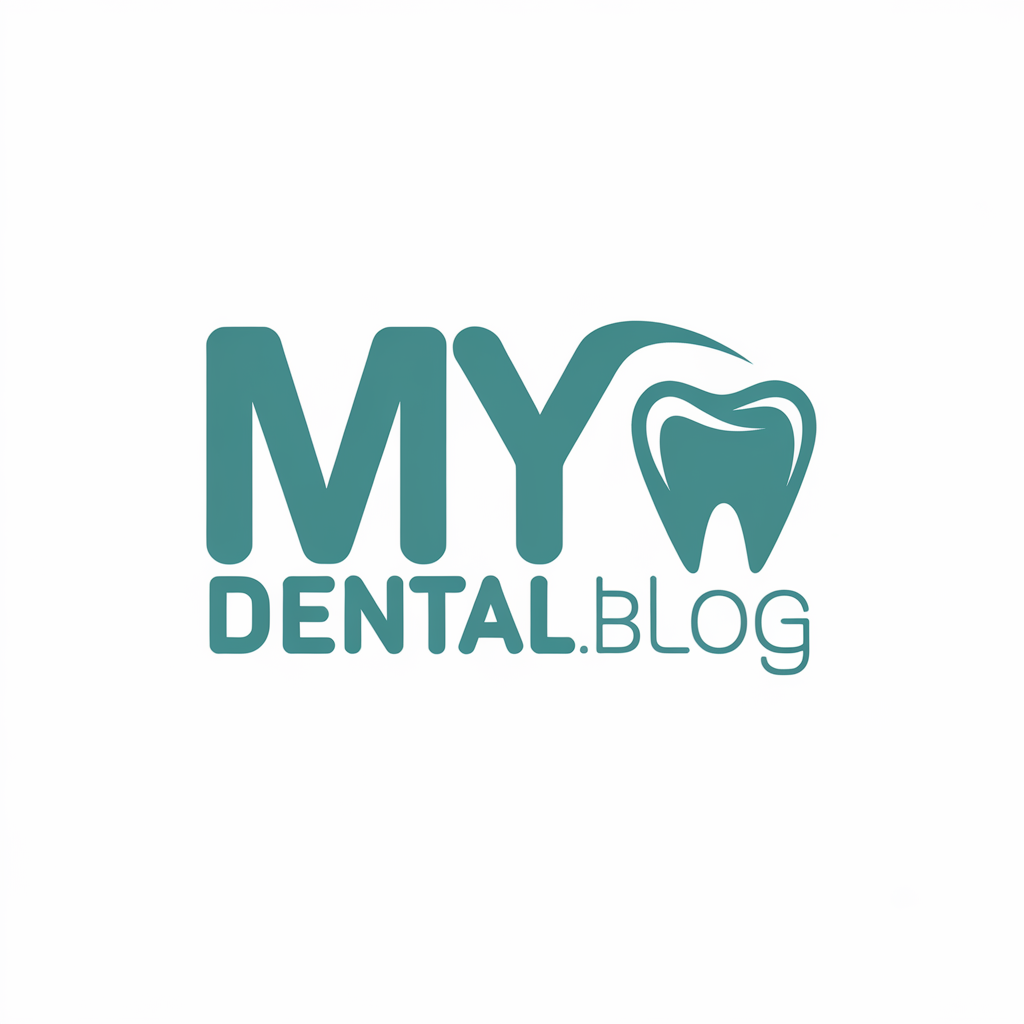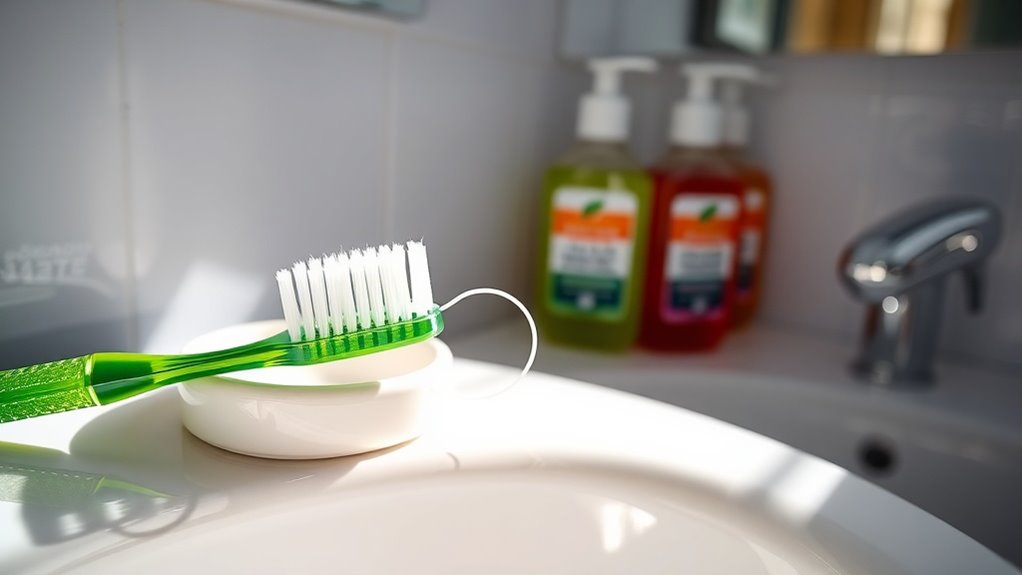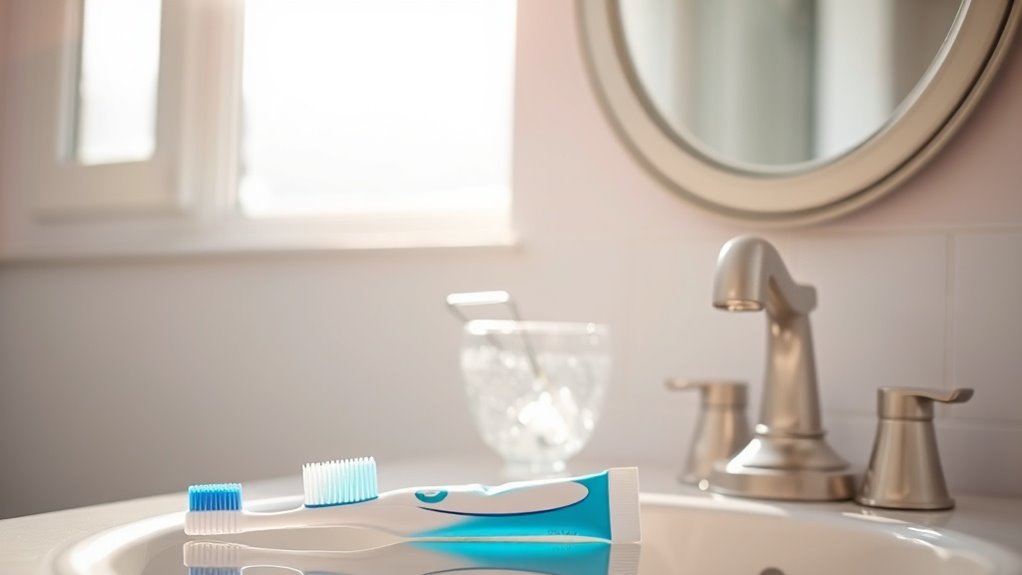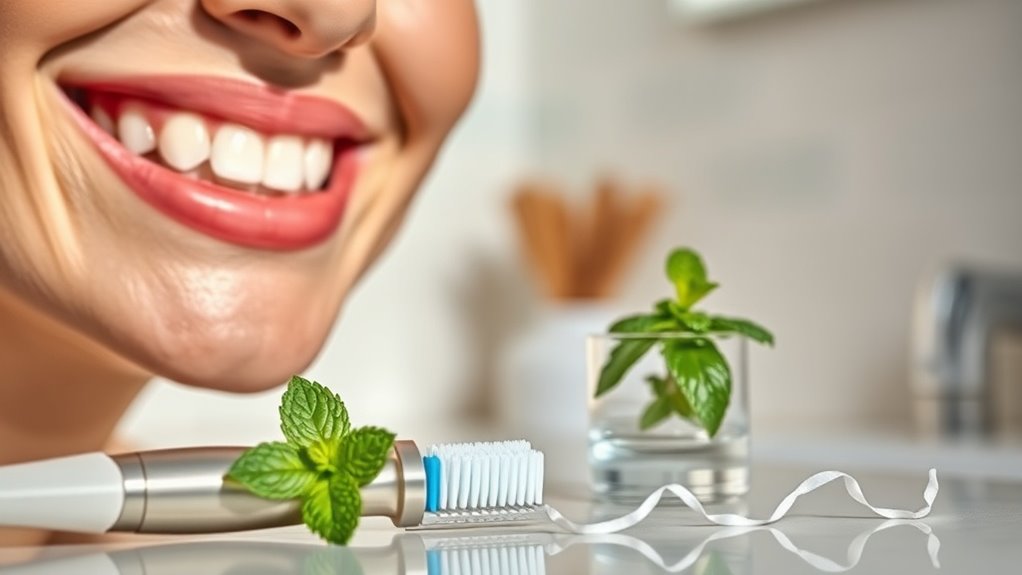You’ve Been Brushing Your Teeth WRONG This Whole Time!
You might think you’ve got your teeth-brushing routine down, but there’s a good chance you’re missing some key techniques. Many people unknowingly make common mistakes that could jeopardize their oral health. Are you brushing at the right angle? What about the pressure you use? It’s time to rethink your approach. Discover what you might be doing wrong and how simple adjustments can lead to a healthier smile.
Common Teeth-Brushing Mistakes
When you brush your teeth, you mightn’t realize that small mistakes can undermine your oral hygiene efforts. One common brushing mistake is rushing through the process. You may think a quick scrub is enough, but taking your time ensures you reach every corner of your mouth.
Another mistake is using too much pressure; this can damage your enamel and irritate your gums. It’s also easy to forget to replace your toothbrush regularly. A worn-out brush can’t effectively clean your teeth, so aim for a new one every three to four months.
Additionally, don’t neglect your tongue—bacteria can linger there, too. Finally, be mindful of your technique; not using circular motions can leave plaque behind. Remember, gentle, circular motions are key for effective plaque removal.
The Importance of Brush Angle
Although you mightn’t think about it, the angle at which you hold your toothbrush plays a crucial role in your oral hygiene. Holding your brush at a 45-degree angle against your gums helps you effectively clean both your teeth and gum line. This technique allows the bristles to reach those tricky areas where plaque loves to hide.
When you brush straight on, you risk missing vital spots, which could lead to cavities or gum disease. Adopting the right angle not only improves your brushing technique but also boosts your confidence in your smile. Additionally, using a soft-bristled toothbrush is essential for protecting your enamel and gums while you brush.
You’re not just brushing your teeth; you’re joining a community of individuals dedicated to better oral health.
Timing: Are You Brushing Long Enough?
Brushing your teeth for the right amount of time is essential for effective oral care. Many people underestimate how long they should brush.
Ideally, you should aim for two minutes, which allows you to reach every nook and cranny in your mouth, ensuring a thorough clean. If you’re rushing through your routine, you might miss spots that harbor plaque and bacteria.
Consider using a timer or a toothbrush that signals when you’ve reached the two-minute mark. This way, you can join the ranks of those who take their dental hygiene seriously.
Plus, spending those extra seconds can make a big difference in your overall oral health. Additionally, not brushing for the right amount of time can lead to missed hard-to-reach areas, resulting in plaque buildup that affects your oral health.
The Dangers of Brushing Too Hard
You’ve Been Brushing Your Teeth WRONG This Whole Time!
The Dangers of Brushing Too Hard
Many people believe that harder brushing leads to cleaner teeth, but this misconception can harm your dental health.
Brushing too hard can wear down your enamel, leading to increased sensitivity and a higher risk of cavities. It’s easy to think you’re doing a great job, but if you’re feeling discomfort, it’s time to reevaluate your technique.
Here are some dangers of brushing too hard:
-
Enamel Erosion: Your enamel is your teeth’s protective layer. Over-brushing can wear it down, making your teeth vulnerable.
-
Gum Recession: Aggressive brushing can push your gums back, exposing the tooth roots and causing pain. In fact, gum recession can create pockets for bacteria that increase the risk of gum disease.
-
Increased Sensitivity: Worn enamel and receding gums can lead to heightened sensitivity to hot, cold, or sweet foods.
Expert Tips for Effective Brushing Techniques
To achieve a brighter smile and maintain optimal dental health, mastering the right brushing technique is essential.
Start by choosing a soft-bristled toothbrush—your gums will thank you! Angle the brush at 45 degrees to your gums, and use gentle, circular motions to clean. This helps remove plaque without damaging your enamel or gums.
Don’t forget to brush for at least two minutes, dividing your mouth into quadrants to ensure you cover every area. Pay attention to the back teeth, where plaque often hides.
Also, be sure to replace your toothbrush every three to four months for maximum effectiveness.
Finally, don’t skip the tongue! Gently brushing your tongue helps eliminate bacteria and freshens your breath. Maintaining strong tooth enamel is crucial for resisting decay and sensitivity.





